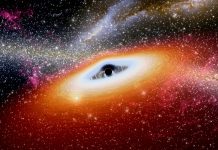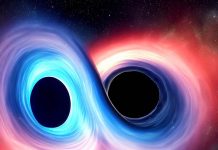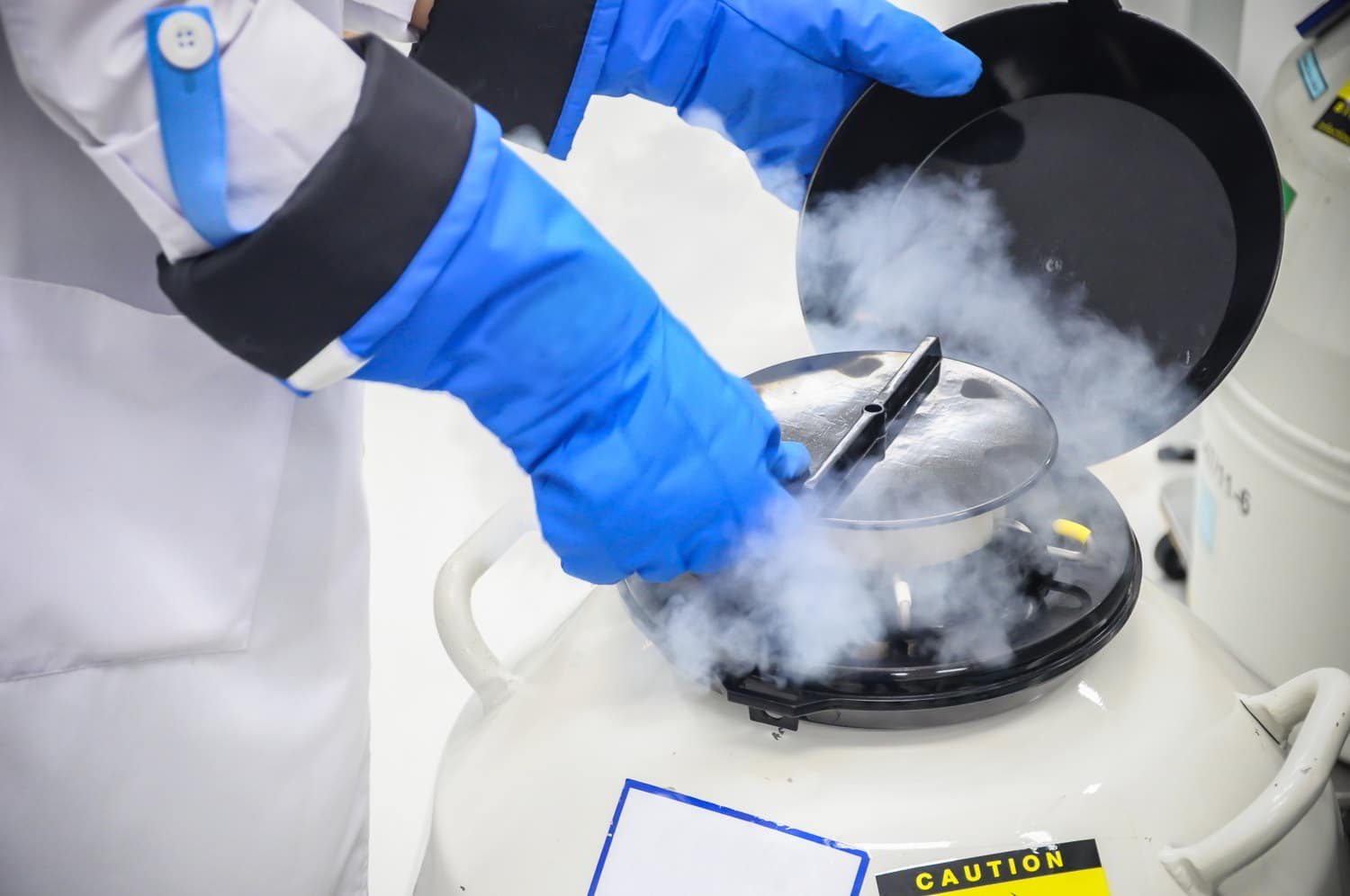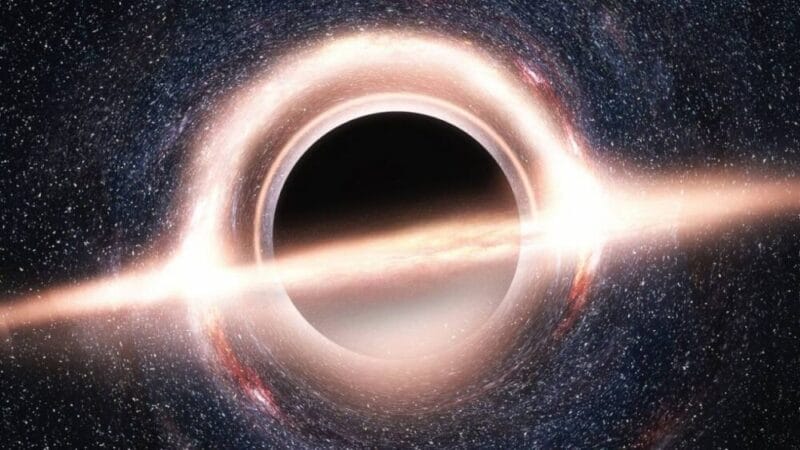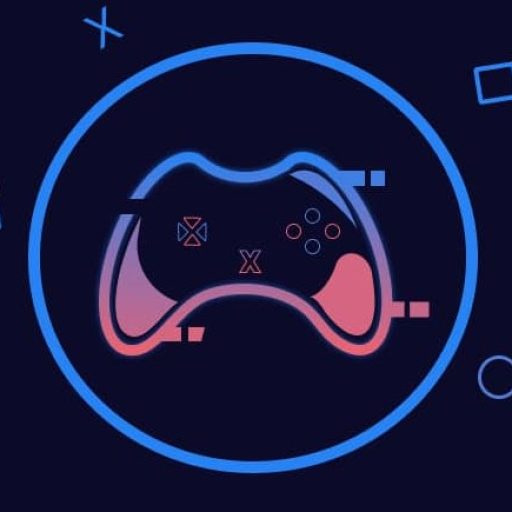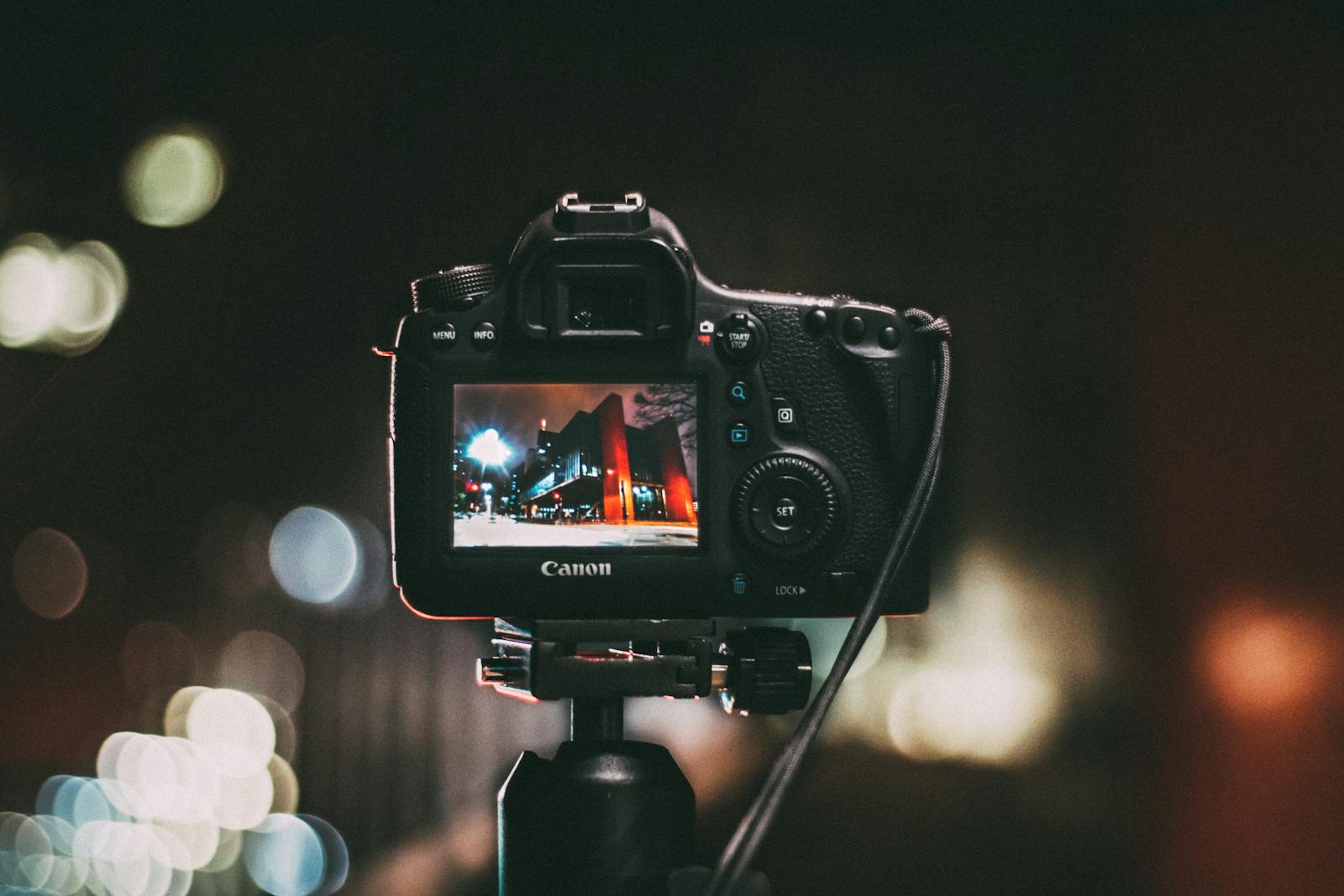
AI Image Generation
Introduction
Image generation stands at the intersection of art and artificial intelligence, offering boundless possibilities for creativity and innovation. From creating lifelike scenes in movies to aiding medical diagnoses, generation algorithms have become indispensable across various industries.
Image Generation
In this comprehensive guide, we’ll delve into the fundamentals of image generation, explore its diverse applications, dissect different types of generation models, envision its future implications, and provide valuable resources for further exploration.
Understanding Image Generation
Image generation encompasses the process of crafting new visuals from text descriptions, attribute sets, or random seeds. Through sophisticated algorithms trained on vast datasets, these models discern patterns and features within images, subsequently generating new visuals that align with the learned characteristics.
Notable approaches include Generative Adversarial Networks (GANs), Variational Autoencoders (VAEs), Deep Convolutional Generative Networks (DCGANs), and PixelCNNs, each offering unique strengths and weaknesses in image synthesis.
Exploring Applications Across Industries
The applications of image generation span across a myriad of domains, showcasing its versatility and impact. In the realm of art and design, these algorithms empower artists to transcend traditional boundaries, creating surreal landscapes and fantastical creatures with ease.
In advertising, generation revolutionizes marketing campaigns by producing personalized visuals that resonate with consumers on a deeper level.
Moreover, in education, medical imaging, research, manufacturing, and security, generation plays pivotal roles, from facilitating interactive learning experiences to aiding in medical diagnoses and enhancing security measures.
Understanding Different Types of Image Generation Models
Delving deeper, let’s unravel the nuances of various image generation models and their respective functionalities. Generative Adversarial Networks (GANs) engage in a dynamic interplay between a generator and a discriminator, resulting in the creation of high-quality, albeit sometimes unstable, images.
Conversely, Variational Autoencoders (VAEs) focus on learning latent representations of images, balancing stability with sharpness in generated visuals. Meanwhile, Inductive Neural Networks (INNs) offer flexibility in generating novel images but often require more complex training procedures.
Envisioning the Future of Image Generation
The future of image generation teems with exciting possibilities, poised to redefine our interaction with visuals in profound ways. In virtual reality and augmented reality, generation promises immersive experiences that blur the lines between reality and simulation.
Advancements in advertising will usher in an era of hyper-personalized campaigns, leveraging AI-generated visuals to captivate audiences like never before. Similarly, in medicine, generation will continue to evolve, aiding in the diagnosis of complex conditions and driving medical research forward.
Furthermore, the realms of art and security will witness transformative changes, as generation fosters new forms of creative expression and enhances security protocols.
Embracing the Potential of Image Generation
In conclusion, image generation emerges as a powerful tool with far-reaching implications across diverse industries. Despite facing challenges such as realism and computational complexity, its evolution remains relentless, paving the way for groundbreaking applications and innovations.
As we journey into the future, the fusion of art and science in generation promises to redefine our visual landscape, inspiring awe and wonder with each generated masterpiece.
Conclusion
For those eager to delve deeper into the realm of image generation, we recommend exploring the resources provided by Stability AI’s SDXL 1.0 website, paper, and video demonstrations. These invaluable assets offer insights into the latest advancements and techniques in generation technology, serving as springboards for continued exploration and innovation.
Some Frequently Asked Questions and Their Answers
What is AI Image Generation?
AI Image Generation is a technology that uses machine learning algorithms to generate images from descriptions. It’s used in various applications, from creating art to enhancing photo resolution.
How does AI Image Generation work?
AI Image Generators are trained on large datasets of images and their associated patterns. When given a text input, they generate an image that closely matches the description based on the patterns they’ve learned.
Can I generate AI images for free?
Yes, there are free AI Image Generators available. For example, Microsoft Designer offers a free AI image generator that can create high-resolution images based on your descriptions.
What projects are best for AI-generated images?
AI-generated images can be used in a wide range of projects, from social media visuals and business projects to personal photos. The key is to clearly define your vision and guide the AI with specific descriptions.
References
- csail.mit.edu: AI Image Generators are trained on large datasets of images and their associated…
- csail.mit.edu: AI Generation is a technology that uses machine learning algorithms to…
- create.microsoft.com: There are free AI Image Generators available…
- create.microsoft.com: The key is to clearly define your vision and guide the AI with specific…
Other Interesting Articles
- How to Create Videos From Images with OpenCV: This tutorial explores the art of video generation from images, using OpenCV and the Ken Burns Pan and Zoom Effect…
- A Comprehensive Guide on How to Use Stable Diffusion Seeds: Master Stable Diffusion Seeds for precise AI-generated images. Learn to control, find specific Seeds, and make nuanced…

